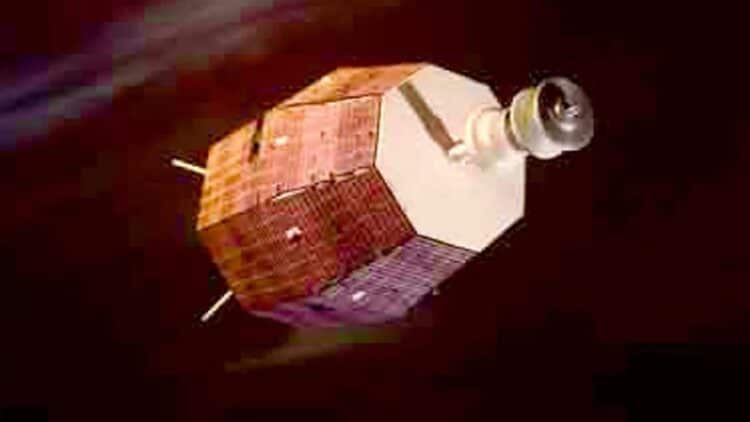We’ve been waiting for years for signals from the universe, whether from our ultra-sensitive telescopes, long-term missions, or even radio observatories scattered around Earth. Until the impossible happened recently: we managed to detect a powerful radio pulse, less than 30 nanoseconds long, but brighter than any other signal coming from the sky at that moment.
The signal that surprised NASA
When this signal first reached us, it was picked up by Australian astronomers who, at first, thought it was a fast radio burst, which is nothing more than one of those mysterious pulses coming from distant galaxies. We actually thought that it might be an unknown pulsar or another unprecedented cosmic object. However, it seemed that something was not right… because the origin of the signal was not in the far reaches of the universe, but much closer than we imagined.
It was only after a detailed analysis of the data and the trajectory of the signal that scientists realized that the pulse was not coming from deep space, but from something that was flying over the Earth at that exact moment. Due to the precision, intensity, and clarity of the signal, it was indicated that its origin was orbiting the planet. But what exactly?
Until we found a concrete answer, two hypotheses gained strength:
- The signal could have been generated by an electrostatic discharge accumulated over decades on some metallic object in space.
- It could have been generated by the impact of a micrometeoroid.
When the response finally arrived, we can say that everyone was surprised. Because the object that emitted the signal was not an active satellite nor part of a space station. It was an artifact launched more than half a century ago, which had already been considered dead since the 1960s.
Relay-2: The object that came back from the dead
Okay, so what is this 60-year-old object? We’re talking about Relay-2, a NASA satellite launched in 1964. Back in the 1960s, it had an experimental mission to communicate between ground stations and map the Van Allen radiation belts. Relay-2 operated for a little over three years until it completely failed in 1967. Since then, it has remained just another piece of space debris, among many others.
It was in space completely alone and silent until, 60 years later, it emitted a radio signal strong enough to fool even the most experienced astronomers. From then on, an urgent debate was raised: are we really prepared to deal with the growing volume of inactive satellites and space junk that can still interfere with scientific studies?
Because not only can they collide with active satellites, they can also generate unexpected signals that confuse our research and delay important advances, such as studies of the deep cosmos (like Voyager 1, which found a wall of fire at 90,000ºF) and the search for extraterrestrial intelligence.
What does this sign mean for us?
The Relay-2 signal, in addition to surprising us, brought some discussions to our agenda:
- Debris tracking: We need more accurate, real-time systems to monitor everything in orbit.
- Resilient design: Future satellites must include mechanisms for depressurization, safe disintegration, and controlled disposal.
- International cooperation: No country can tackle the problem alone. Global standards are urgently needed to ensure the safety and sustainability of space activities.
Not only that, this incident also served as a powerful tool for social engagement. After all, the term “zombie satellite” went viral on social media, rekindling public interest in science, space, and technology. Perhaps we can use events like this to inspire new generations, such as the 120-year-old myth of the alien spacecraft orbiting Earth.


